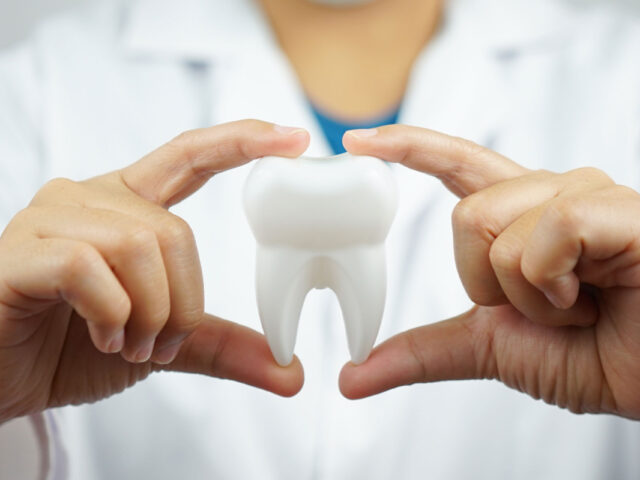Diet in Teeth Whitening
When it comes to achieving a dazzling smile, most people tend to focus solely on toothpaste and whitening treatments. However, the secret to a radiant smile lies not only in oral hygiene practices but also in the food we consume. Yes, you read it right – your diet plays a significant role in teeth whitening. In this comprehensive guide, we will delve into the fascinating world of dental health and explore the crucial role that diet plays in keeping your pearly whites dazzlingly bright.
The Science Behind Teeth Discoloration
Before we dive into the dietary factors that influence teeth whitening, let’s understand why teeth can become discolored in the first place. Teeth discoloration can occur due to various reasons, including:
1. Stains from Food and Beverages
Frequent consumption of dark-colored beverages such as coffee, tea, red wine, and sodas can leave stubborn stains on your teeth over time. Additionally, certain foods like berries, soy sauce, and tomato-based sauces can contribute to staining.
2. Smoking and Tobacco Use
Tobacco products, including cigarettes and chewing tobacco, contain tar and nicotine that can stain teeth and lead to yellow or brown discoloration.
3. Poor Oral Hygiene
Inadequate brushing and flossing can result in the buildup of plaque and tartar, which not only cause cavities but can also make your teeth appear yellow or brown.
4. Aging
As we age, the outer layer of enamel on our teeth naturally thins, revealing the yellowish dentin underneath. This age-related change can lead to the gradual yellowing of teeth.
5. Medications and Health Conditions
Certain medications, such as tetracycline antibiotics, can cause intrinsic stains on teeth. Health conditions, like enamel hypoplasia, can also affect the color and strength of your teeth.
Now that we understand the causes of teeth discoloration, let’s explore how your diet can impact the whiteness of your smile.

Foods That Promote Teeth Whitening
1. Crunchy Fruits and Vegetables
Munching on crisp fruits and vegetables like apples, carrots, and celery can help in naturally scrubbing away surface stains. These foods also stimulate saliva production, which aids in neutralizing acids and cleaning teeth.
2. Dairy Products
Dairy products such as milk, cheese, and yogurt are rich in calcium and phosphates, which help strengthen tooth enamel. Strong enamel is less susceptible to staining and decay.
3. Strawberries
Contrary to their red hue, strawberries contain malic acid, a natural teeth-whitening agent. You can create a homemade whitening paste by mashing strawberries and brushing your teeth with the mixture occasionally.
4. Nuts
Nuts like almonds and walnuts are not only a healthy snack but also act as natural abrasives, helping to remove surface stains.
5. Water
Water is a natural cleanser for your mouth. Swishing water around your mouth after consuming stain-causing foods or beverages can help wash away some of the staining compounds.
Foods and Habits to Avoid
While there are foods that can contribute to teeth whitening, there are also items and habits you should avoid if you’re aiming for a dazzling smile:
1. Sugary Snacks and Beverages
Frequent consumption of sugary snacks and drinks can lead to tooth decay and discoloration. Bacteria in the mouth feed on sugar and produce acids that erode tooth enamel.
2. Acidic Foods
Highly acidic foods like citrus fruits, vinegar, and tomatoes can weaken tooth enamel, making them more susceptible to staining.
3. Dark-Colored Beverages
Cutting back on coffee, tea, red wine, and cola can significantly reduce the risk of teeth staining. If you do indulge, consider using a straw to minimize contact with your teeth.
4. Smoking and Tobacco Products
Tobacco use not only stains teeth but also increases the risk of gum disease and oral cancer. Quitting smoking is a significant step towards a brighter smile and improved overall health.
Additional Tips for a Whiter Smile
In addition to dietary choices, here are some tips to maintain a white and healthy smile:
1. Maintain Good Oral Hygiene
Brush your teeth at least twice a day, floss regularly, and visit your dentist for professional cleanings and check-ups.
2. Use Whitening Toothpaste
Choose a toothpaste that is specifically designed for teeth whitening. These toothpastes contain mild abrasives and ingredients that help remove stains.
3. Consider Professional Whitening Treatments
For more stubborn stains, consider professional teeth whitening treatments offered by your dentist. These treatments can provide faster and more dramatic results.
4. Stay Hydrated
Drinking plenty of water not only promotes overall health but also helps keep your mouth clean and minimizes the risk of staining. Visit their page if you need more information or have any questions about using teeth whitening products.
In conclusion, the role of diet in teeth whitening should not be underestimated. By making smart dietary choices and practicing good oral hygiene, you can achieve and maintain a beautiful, radiant smile. Remember, it’s not just about what you brush with; it’s also about what you munch on.
